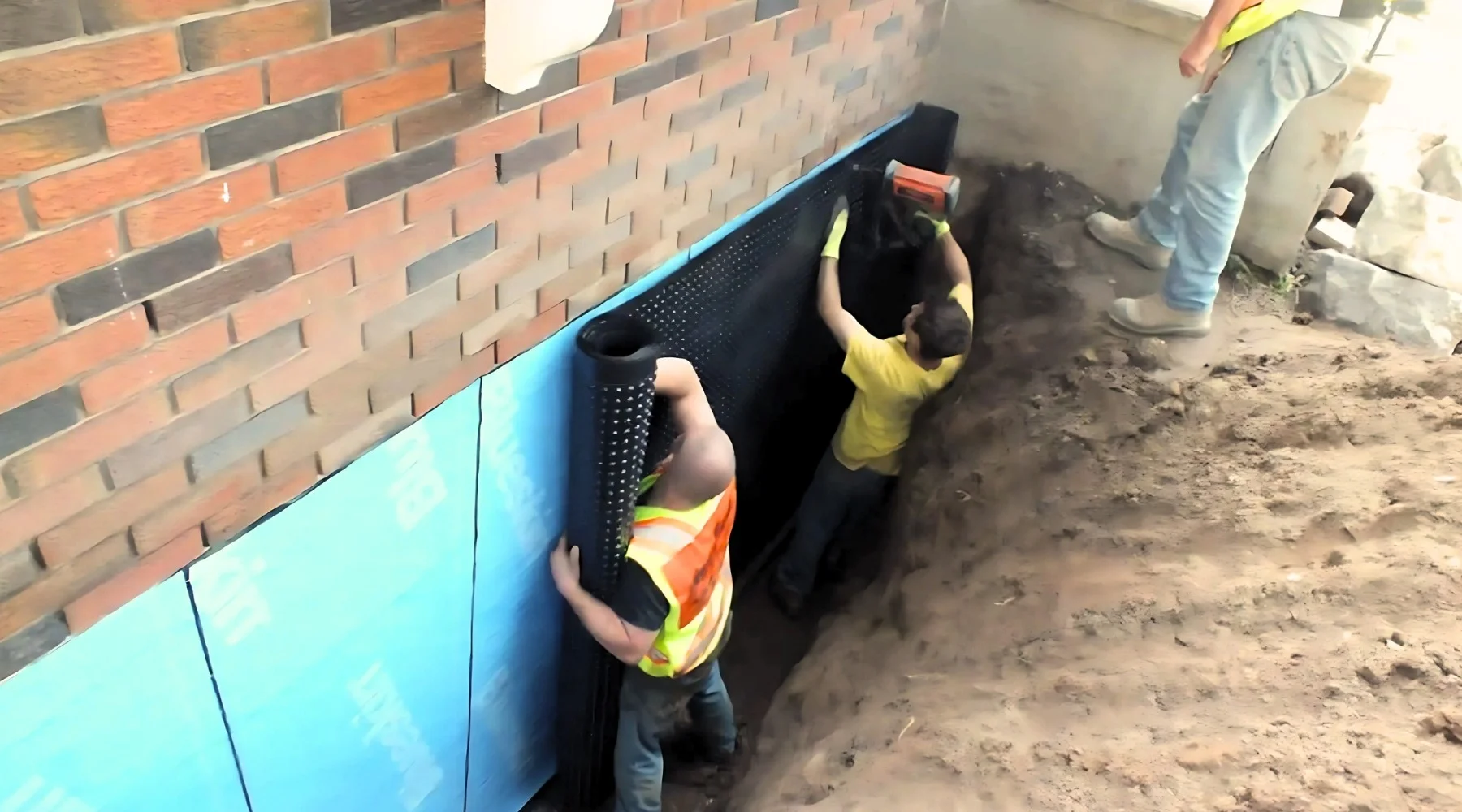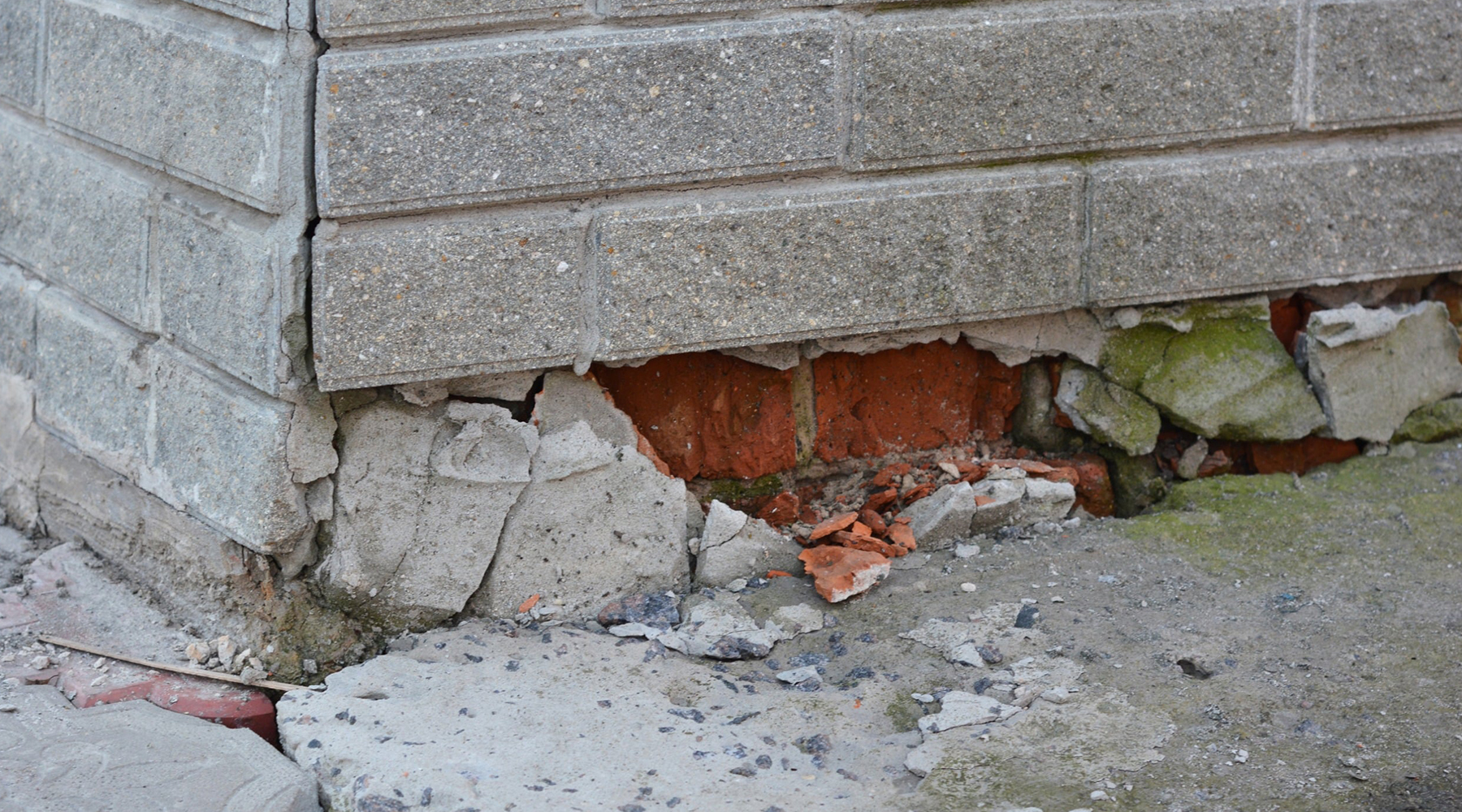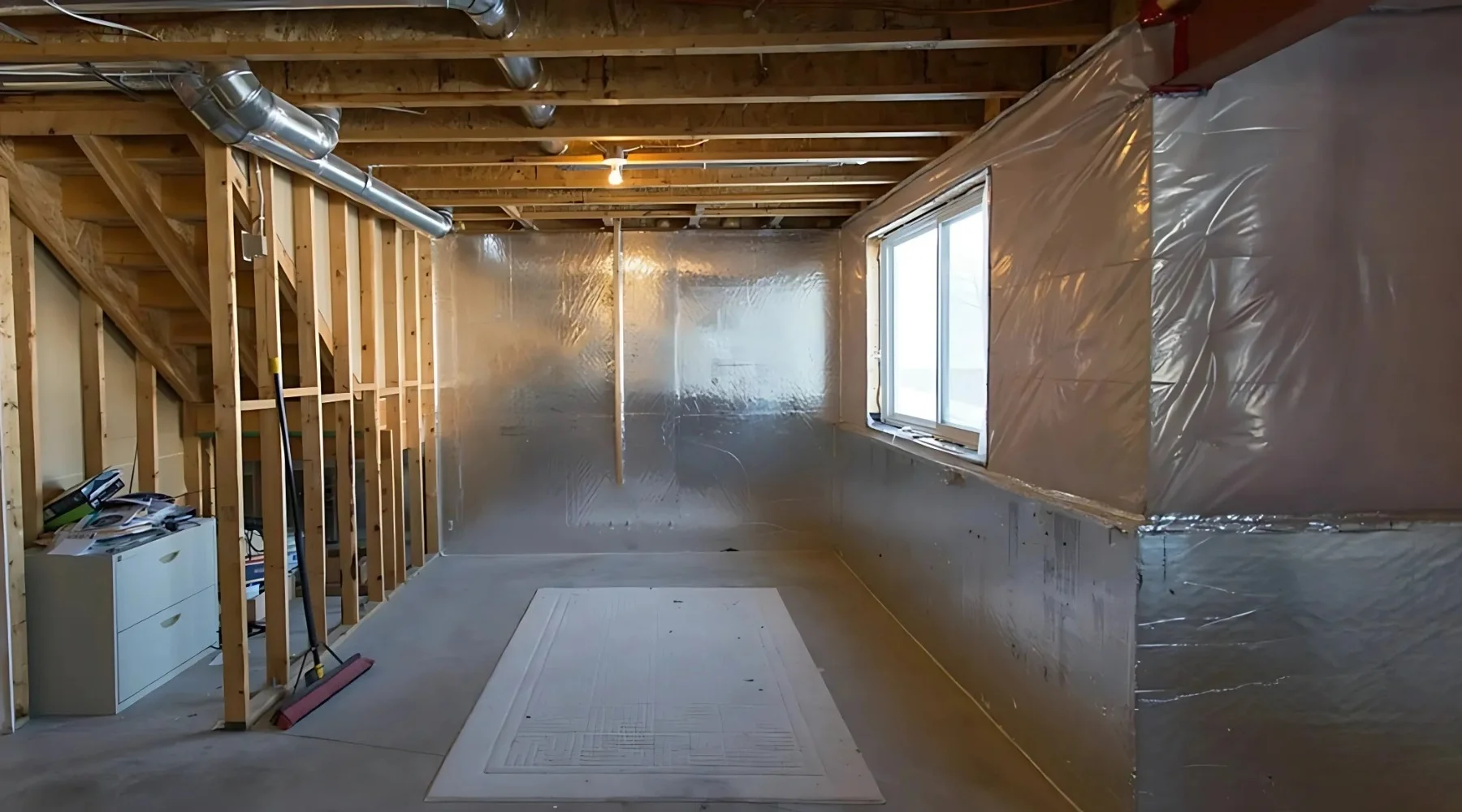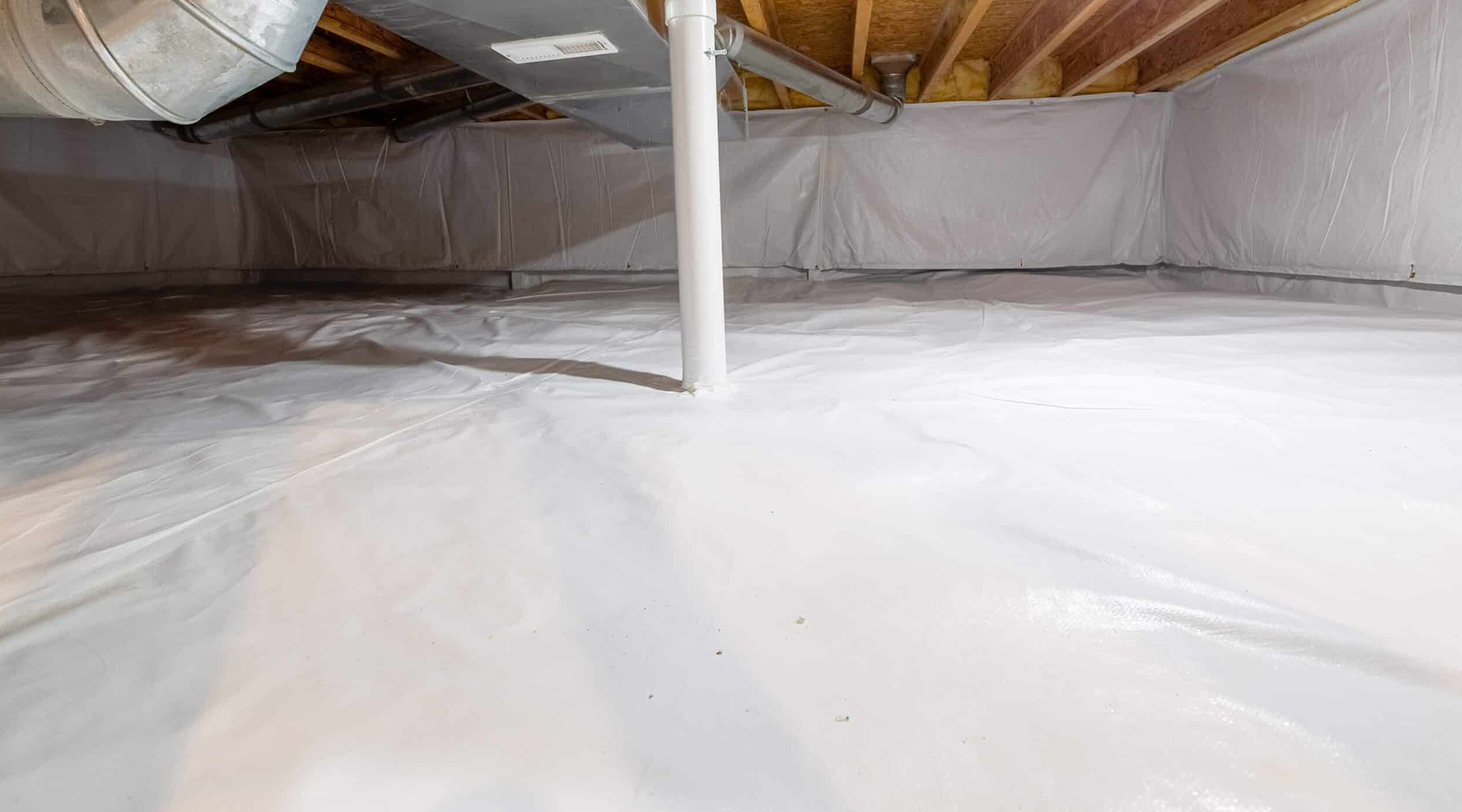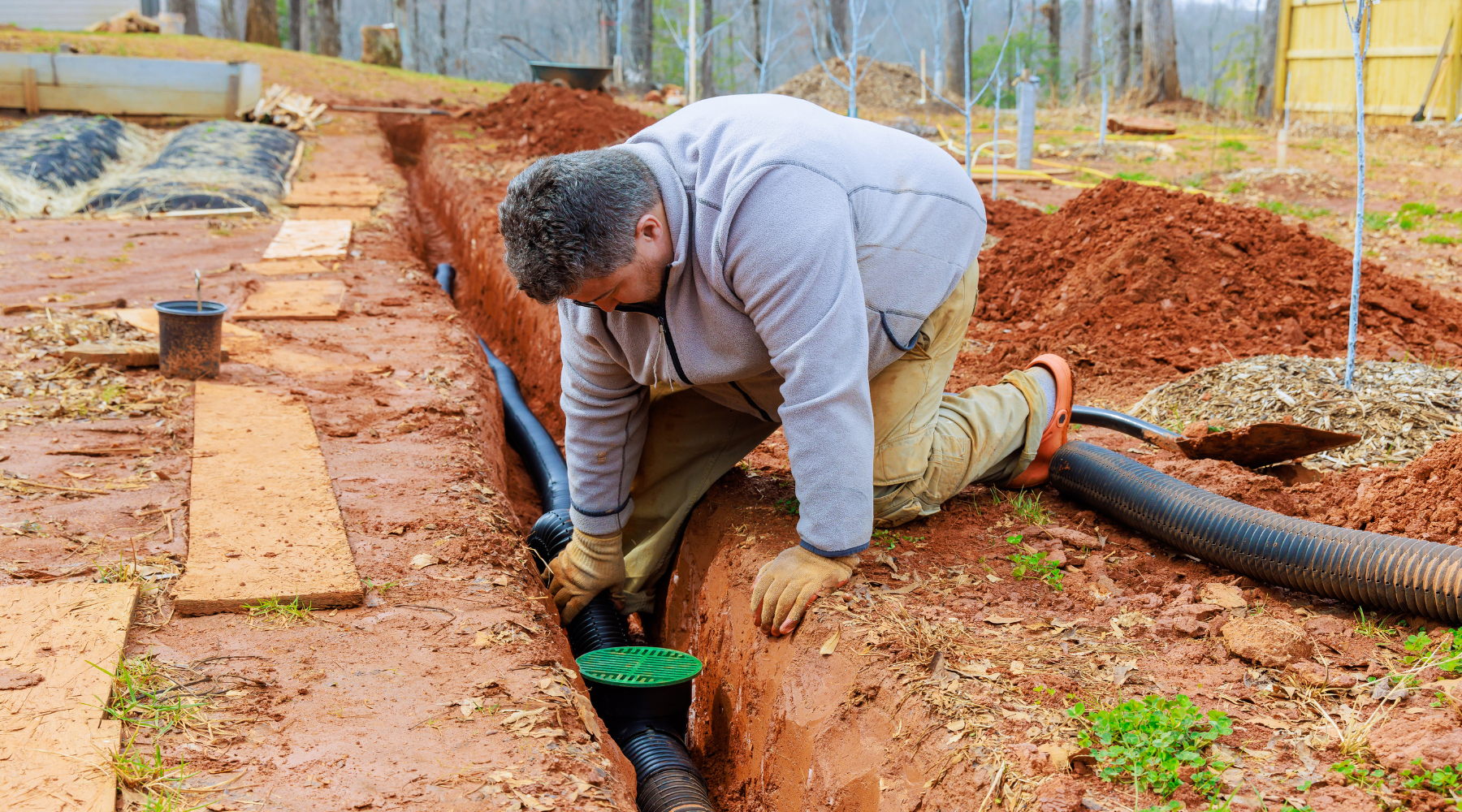Sistering joists is a structural repair technique that involves attaching new lumber alongside existing damaged or undersized floor joists to strengthen and support the floor system. This method reinforces weak joists without requiring complete replacement. Moreover, sistering joists is often more cost-effective and less disruptive than tearing out entire floor systems.
Therefore, understanding sistering joists helps you make informed decisions about floor repairs and structural improvements. Let’s explore when this technique is appropriate and how it strengthens your home’s structure.
What are Sistering Joists?
Sistering joists means installing new lumber parallel to existing floor joists, typically bolted or nailed together to create a stronger composite beam. The new “sister” joist shares the load with the original joist, effectively doubling or significantly increasing the floor’s load-bearing capacity.
This technique gets its name because the new joist sits alongside the existing one like a sibling. The sister joist can be the same size as the original or larger, depending on the structural requirements.
Full-length sistering from bearing point to bearing point
- Partial sistering to address localized damage or weakness
- Doubled sistering using two new joists for maximum strength
- Engineered lumber sistering with LVL or I-joists
- Steel sistering using structural steel beams
Additionally, sistering can involve partial or full-length reinforcement based on the specific problem.
What Does Sistering A Joist Do?
Sistering a joist means adding a new piece of lumber (or sometimes steel) alongside an existing floor joist to strengthen it. Here’s what it does:
- Adds Strength – Helps support extra weight if the original joist is undersized or if the floor is bouncy.
- Repairs Damage – Reinforces joists that are cracked, sagging, or weakened by rot, insects, or notches.
- Levels Floors – Can raise a sagging section back into place before attaching the sister joist, helping to even out the floor above.
- Extends Support – Can help span over an area where part of a joist is cut or weakened (for plumbing, ductwork, etc.).
The new joist is fastened to the old one, usually with nails, screws, or construction adhesive, so they work together as a single, stronger unit.
When Should You Consider Sistering Joists?
The following things are to be considered:
Sagging or Bouncy Floors
Floor deflection problems are the most common reason for sistering joists.
Signs of inadequate floor support:
- Visible sagging in floor surfaces
- Bouncing or excessive movement when walking
- Cracks in the ceiling plaster or drywall below
- Doors and windows that won’t close properly
- Gaps appearing between walls and floors
- Furniture or appliances are becoming uneven
Damaged or Deteriorated Joists
Structural damage from various causes may require joist reinforcement.
Common joist damage types:
- Insect damage: Termites, carpenter ants, or powder post beetles
- Rot and decay: Moisture damage causing wood deterioration
- Fire damage: Heat damage, weakening structural integrity
- Mechanical damage: Cuts, notches, or holes that weaken joists
- Age-related deterioration: Old lumber is losing structural capacity
- Overloading: Damage from excessive loads over time
Sistering allows you to reinforce damaged joists without complete replacement. Moreover, it’s often the most practical solution when access is limited or removal would be highly disruptive.
Increased Load Requirements
Changes in building use may require additional floor strength.
Load increase scenarios:
- Converting spaces to different uses (storage to living space)
- Installing heavy equipment like safes or machinery
- Adding tile floors over existing flooring
- Creating libraries or offices with heavy furniture
- Installing hot tubs or other heavy fixtures
- Meeting updated building codes for renovations
Modern building codes often require higher load capacities than older homes were built to handle. Additionally, sistering joists can bring older structures up to current standards.
Span Length Issues
Joists spanning too far without adequate support create structural problems.
Span-related problems:
- Original construction with inadequate joist sizing
- Removal of bearing walls creates longer spans
- Structural modifications that changed load paths
- Building additions that altered the original design
- Code changes requiring stronger floor systems
The maximum allowable span depends on joist size, spacing, wood species, and load requirements. Furthermore, sistering can effectively reduce the structural span by adding intermediate support.
Why Does Sistering Joists Work?
- Two joists working together carry more load than one alone
- Load distribution reduces stress on individual members
- Composite action creates a stronger structural system
- Redundancy provides backup if one member fails
- Improved stiffness reduces deflection and movement
When properly connected, sistered joists act as a single, larger structural member. Additionally, the combined section modulus significantly exceeds that of individual joists.
Structural Engineering Benefits
Sistering provides multiple structural advantages beyond simple load increase.
Engineering benefits:
- Increased moment capacity: Better resistance to bending forces
- Improved shear strength: Enhanced resistance to vertical loads
- Reduced deflection: Less sagging and bouncing
- Better load distribution: Spreads loads to multiple bearing points
- Enhanced stability: Reduces lateral buckling and twisting
- Redundant load paths: Backup support if the primary member fails
Connection Importance
The strength of sistered joists depends heavily on proper connection methods.
Critical connection factors:
- Fastener type: Bolts, screws, or nails appropriate for the application
- Fastener spacing: Proper intervals to ensure load transfer
- Edge distances: Adequate spacing from lumber edges
- Bearing contact: Full contact between the sister and the original joist
- End connections: Proper attachment at bearing points
Poor connections can prevent load sharing and reduce the effectiveness of sistering. Additionally, connection details must comply with building codes and engineering requirements.
How Do You Sister Joists Properly?
To select sister joists, you should do the following:
Planning and Assessment
Proper planning ensures effective sistering installation.
Pre-installation steps:
- Structural assessment: Determine load requirements and joist condition
- Material selection: Choose an appropriate lumber size and grade
- Access evaluation: Plan how to get materials into position
- Utility considerations: Identify and plan around electrical, plumbing, and HVAC
- Support planning: Determine temporary support needs during installation
- Code compliance: Ensure work meets local building requirements
Professional structural evaluation helps determine the appropriate sistering approach. Moreover, proper planning prevents costly mistakes and ensures code compliance.
Material Selection
Choose appropriate materials for effective joist sistering.
Material considerations:
- Lumber grade: Use structural grade lumber appropriate for the loads
- Size matching: Sister joists should match or exceed original dimensions
- Moisture content: Use properly dried lumber to prevent shrinkage
- Species compatibility: Match wood species when possible
- Engineered options: Consider LVL, PSL, or I-joists for superior performance
Installation Process
Follow systematic installation procedures for effective sistering.
Installation steps:
- Temporary support: Install temporary posts or beams to support the existing floor
- Preparation: Clean and prepare existing joists for sister attachment
- Positioning: Place sister joists tight against existing members
- Alignment: Ensure proper alignment and level installation
- Fastening: Install appropriate fasteners at specified spacing
- End bearing: Ensure proper bearing at both ends of the sistered assembly
- Inspection: Verify adequate installation and connection details
Work systematically to maintain structural integrity during installation. Additionally, temporary support prevents additional damage during the sistering process.
Connection Details
Proper fastening is critical for sistering effectiveness.
Fastening specifications:
- Bolt connections: 1/2″ or 5/8″ carriage bolts at 12-16″ spacing
- Screw connections: Structural screws rated for the application
- Nail connections: 16d common nails at 6-8″ spacing (minimum requirement)
- Adhesive enhancement: Construction adhesive can improve the connection
- End fastening: Special attention to connections at bearing points
Follow manufacturer specifications and building codes for fastener requirements. Moreover, proper fastening ensures the sistered assembly acts as a single structural unit.
What Are the Different Types of Sistering?
Full-Length Sistering
Full-length sistering provides maximum reinforcement by extending from bearing point to bearing point.
Advantages of full-length :
- Maximum load capacity increase
- Complete reinforcement of the entire joist span
- Best deflection control
- Uniform load distribution
- Meets most structural requirements
Full-length considerations:
- Higher material costs
- More complex installation
- May require utility relocation
- Access challenges in tight spaces
Full-length sistering is often the preferred method for seriously damaged or undersized joists. Additionally, it provides the most comprehensive structural improvement.
Partial Sistering
Partial sistering addresses localised problems or provides targeted reinforcement.
Applications of Partial sistering :
- Reinforcing areas with notches or holes
- Strengthening joists near point loads
- Addressing localised damage or deterioration
- Providing additional support at specific locations
- Cost-effective solution for minor problems
Partial sistering requirements:
- Minimum length requirements (typically 4 feet minimum)
- Proper end bearing or connection
- Adequate fastening throughout the length
- Engineering analysis for complex situations
Partial sistering can be effective for specific problems but may not address overall joist inadequacy. Moreover, careful engineering is required to ensure proper load transfer.
Steel Sistering
Steel sistering uses structural steel members for maximum strength and minimal depth.
Benefits of Steel sistering :
- Higher strength-to-weight ratio than wood
- Minimal depth increase
- Excellent for long spans
- Resistant to moisture and insects
- Long-term durability
Steel sistering considerations:
- Higher material costs
- Requires welding or specialised connections
- Thermal expansion differences
- Corrosion protection needs
- Professional installation is typically required
Steel sistering is often used for heavy loads or where space is minimal. Additionally, it provides excellent long-term performance in challenging conditions.
What Are the Alternatives to Sistering Joists?
Here are the alternatives to sister joists:
Complete Joist Replacement
Replacing joists entirely provides new structural members but requires more extensive work.
Advantages of Replacement :
- Brand new structural members
- Opportunity to upgrade to larger sizes
- Can address multiple problems simultaneously
- May be required for severely damaged joists
Replacement disadvantages:
- Much higher costs than sistering
- Extensive disruption to living spaces
- May require floor and ceiling removal
- Longer project timelines
Replacement is typically 2-3 times more expensive than sistering. Moreover, it’s usually unnecessary unless joists are severely damaged or undersized.
Beam Installation
Installing new support beams can reduce joist spans and improve floor performance.
Benefits of Beam Installation installation benefits:
- Reduces effective joist spans
- Can address multiple joists simultaneously
- May allow more minor sister joists
- Provides long-term structural improvement
Beam installation considerations:
- Requires adequate headroom
- May need foundation modifications
- Higher initial costs
- Potential impact on room layouts
Beam installation works well in combination with sistering for comprehensive floor improvements. Additionally, it can be the most cost-effective solution for large areas.
Floor System Replacement
Complete floor system replacement provides an entirely new structure, but at significant cost.
When replacement makes sense:
- Extensive damage throughout the floor system
- Major renovation requiring floor removal anyway
- Upgrading to a radically different floor system
- Structural modifications requiring a new design
Replacement considerations:
- The highest cost option
- Maximum disruption to occupants
- Opportunity for comprehensive improvements
- May be required for major renovations
Floor system replacement is rarely necessary solely for structural reasons. However, it may make sense during major renovations or when floors are beyond repair.
How Do You Know If Sistering Worked?
See the following:
Performance Indicators
Monitor specific indicators to verify sistering effectiveness.
Success indicators:
- Reduced deflection: Less sagging and bouncing in floors
- Eliminated squeaks: Reduced noise from floor movement
- Stable doors and windows: Proper operation without sticking
- Crack prevention: No new cracks in ceilings or walls
- Level floors: Improved floor flatness and stability
Document floor performance before and after sistering to measure improvement. Additionally, professional inspection can verify proper installation and effectiveness.
Long-Term Monitoring
Continue monitoring sistered joists to ensure ongoing performance.
Monitoring activities:
- Annual inspections: Check for new problems or changes
- Connection verification: Ensure fasteners remain tight
- Moisture monitoring: Watch for conditions that could cause problems
- Load assessment: Verify floors handle intended uses appropriately
- Professional evaluation: Periodic structural assessments
Proper maintenance ensures sistered joists continue performing effectively. Moreover, early detection of problems prevents minor issues from becoming major repairs.
Professional Verification
Consider a professional inspection to verify the success of sistering.
Professional verification benefits:
- Expert assessment of installation quality
- Structural analysis of improved capacity
- Code compliance verification
- Documentation for insurance or resale
- Recommendations for ongoing maintenance
Professional verification provides peace of mind and documentation of proper installation. Additionally, it can identify any issues that need attention.
Sistering joists is one of the most effective ways to strengthen, repair, and extend the life of your home’s floor system without the expense of full replacement. Whether you’re dealing with sagging floors, damaged joists, or increased load demands, this technique offers a practical and reliable solution. In many cases, joist issues are linked to underlying foundation problems such as settling, shifting, or moisture damage. That’s why sistering is often used alongside professional foundation repair methods to fully restore stability and prevent future structural damage. By combining proper joist reinforcement with foundation solutions, you can protect your home’s structural integrity and enjoy long-term peace of mind.



